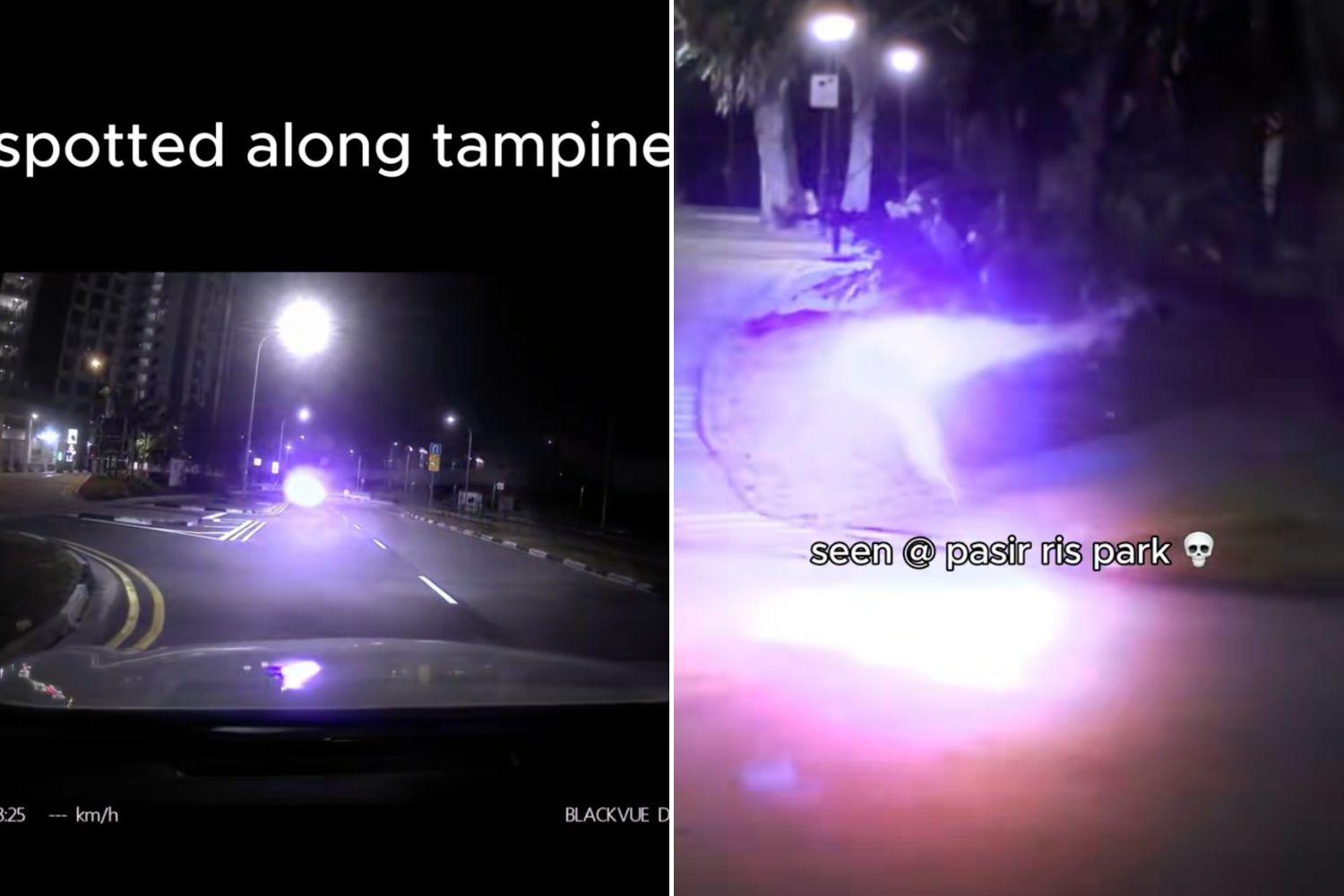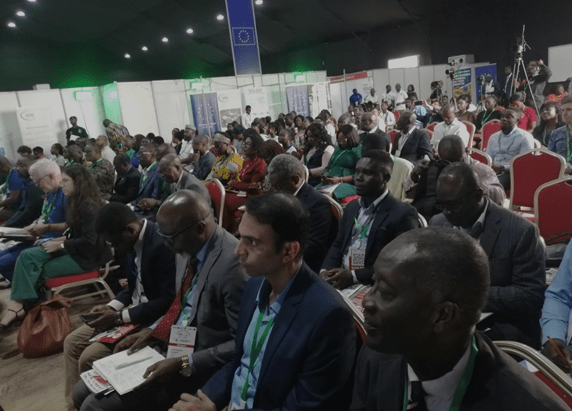Mysterious ‘ball lightning’ spotted at Tampines and Pasir Ris, netizens wonder if it’s genuine or AI
By Ivan Lim
Copyright tnp

Videos of a glowing ball of light gliding close to the ground have gone viral, with netizens split over whether they show a real phenomenon, a clever hoax, or the work of artificial intelligence (AI).
In the clips, bolts from the orb streak toward the ground during its undulating flight, before exploding and vanishing in a puff of smoke.
One video, filmed at Pasir Ris Park and posted by TikTok user niniiixcx on Sept 20, has drawn 1.3 million views, 54,700 reactions and 2,200 comments at press time.
Another, shot from a car’s dashcam in Tampines and shared by TikTok user sundayannab1, has racked up 2.7 million views, 100,200 reactions and 3,800 comments.
While some comments joked that it had something to do with spirits and the seventh lunar month, others pointed to a scientific explanation: ball lightning, a rare meteorological phenomenon sometimes seen during thunderstorms.
These glowing spheres can last several seconds, though scientists still don’t fully understand what causes them.
“This is a lightning ball. Wow… you’re so lucky to encounter that,” wrote one user on the first video. “That’s ball lighting. You’re so lucky!” said another.
Various explanations on ball lightning emerged in the comments. But not everyone was convinced. Many questioned whether the videos were AI-generated or just well-edited fakes.
“Good editing skills,” wrote one sceptic, while another said: “It’s called AI video.”
“Which AI tool to do this? Quite impressive!” added another.
The fact that two videos surfaced on the same day only fuelled doubts.
“I literally saw someone post in Pasir Ris about this. And they (say seeing a) lightning ball is more rare than winning lottery,” said one.
“Just because other people post doesn’t mean it’s not AI. Could be a marketing gimmick for all we know,” suggested another commenter.
“Don’t tell me it’s another Lazada gimmick,” said another user in jest.
The New Paper has reached out to the Centre for Climate Research Singapore for comment.



